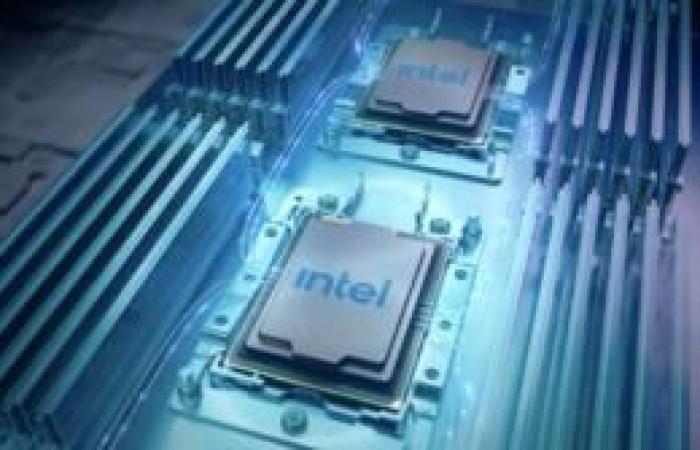One of the developments that is likely to be closest to launch is Integrated Silicon Photonics. Data centers and supercomputers or their nodes are currently already being connected to one another via Silicon Photonics. With 100G and in the future 200G and 400G, fast network connections should be able to meet demand. Internal interconnects (Infinity Fabric or NVLink) are already used internally in the individual computing nodes, i.e. between several processors and GPU accelerators. For the connection between the nodes, solutions such as the Slingshot interconnect from Cray or InifiBand from Mellanox or even Ethernet via Silicon Photonics are used.
However, the need for ever faster interconnects shows more and more limitations. The power consumption of the interconnects is getting bigger and bigger, which means that a lower power budget is available for the actual compute tasks.
Per Integrated Silicon Photonics the optical transmission technologies should now move closer to the computing chips. This is made possible by continuously improving packaging technologies. Intel has already developed transmitters and receivers in semiconductors that generate and recognize the necessary wavelengths. MUX and DMUX elements are also being further developed in line with the increased requirements.
In the meantime, production has progressed so far that the modulators and other necessary components can be integrated more and more compactly – Intel speaks of several hundred per package. Optical amplifiers can now also be manufactured in semiconductor chips.
Intel sees itself almost on the threshold, Integrated Silicon Photonics to introduce into marketable products. It is not yet known which Xeon processors will be the first. In the coming years, however, we will see the first packages or processors which Integrated Silicon Photonics will use.
Further developments in many areas
Intel is also talking about further developments in many other areas. This includes quantum computing and here the progress made for the horse Ridge II quantum computer controller, which, compared to Horse Ridge, has been expanded to include a programmable microcontroller. Production continues to take place in 22 nm. It is also about being able to better control the highly sensitive and unstable qubits. Horse Ridge II and Intel’s current approaches make this possible at 4 K – warmer than with other quantum computer developments.
With neuromorphic computing and the current hardware in the form of the neural chip Loihi and the associated Pohoiki Springs platform, the main aim is to create the software basis so that more and more scientists and developers can work with this hardware.
These were the details of the news Intel Lab Day 2020: Integrated Silicon Photonics soon in data centers for this day. We hope that we have succeeded by giving you the full details and information. To follow all our news, you can subscribe to the alerts system or to one of our different systems to provide you with all that is new.
It is also worth noting that the original news has been published and is available at de24.news and the editorial team at AlKhaleej Today has confirmed it and it has been modified, and it may have been completely transferred or quoted from it and you can read and follow this news from its main source.

